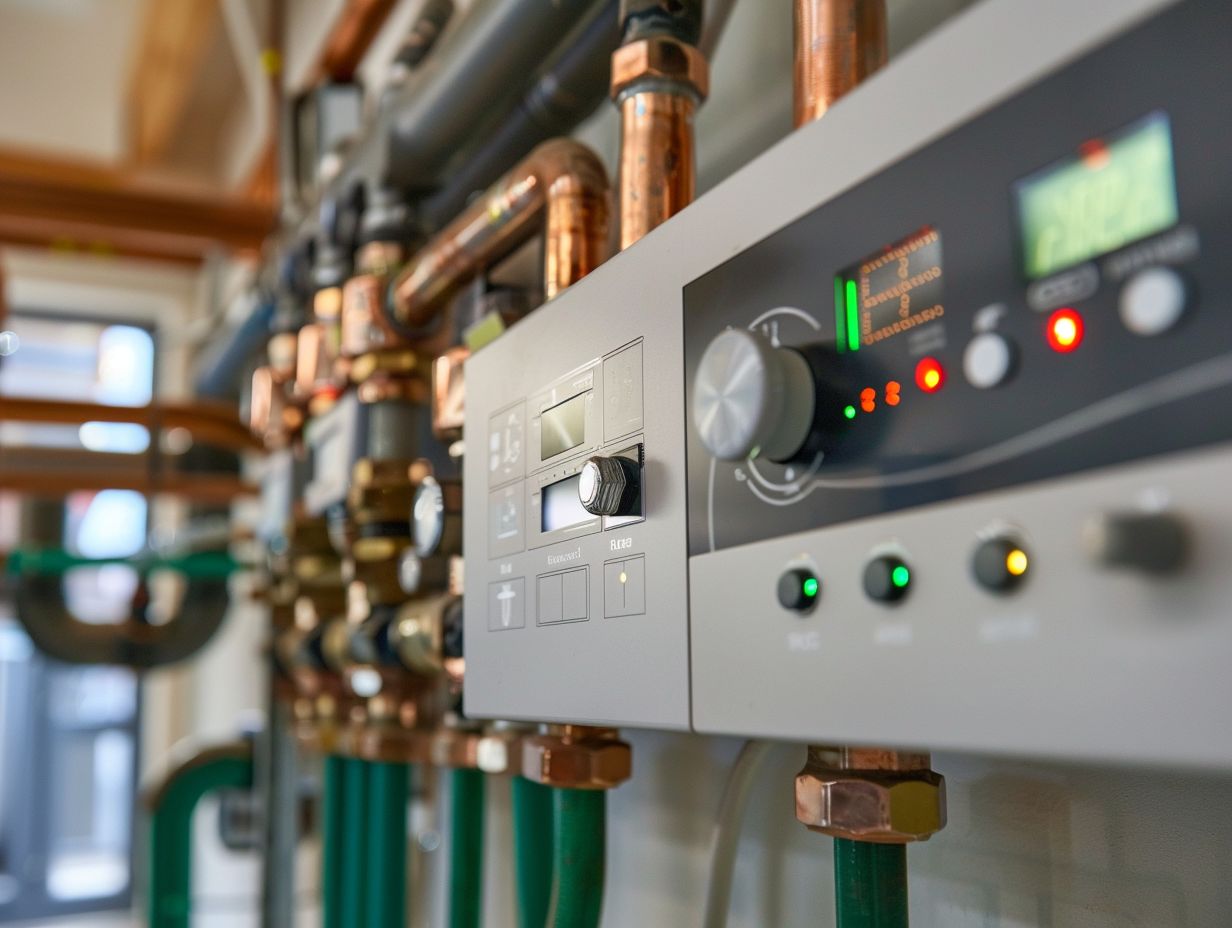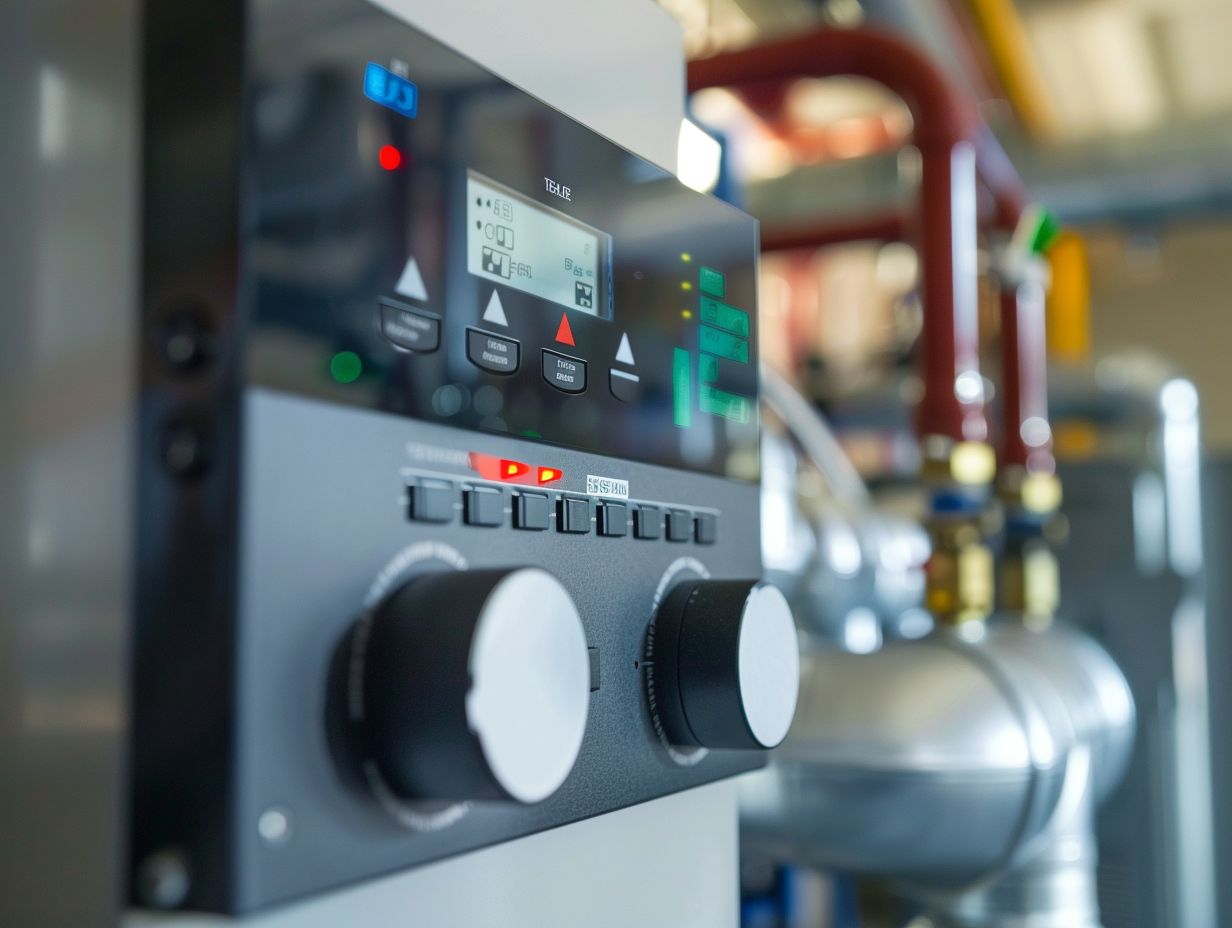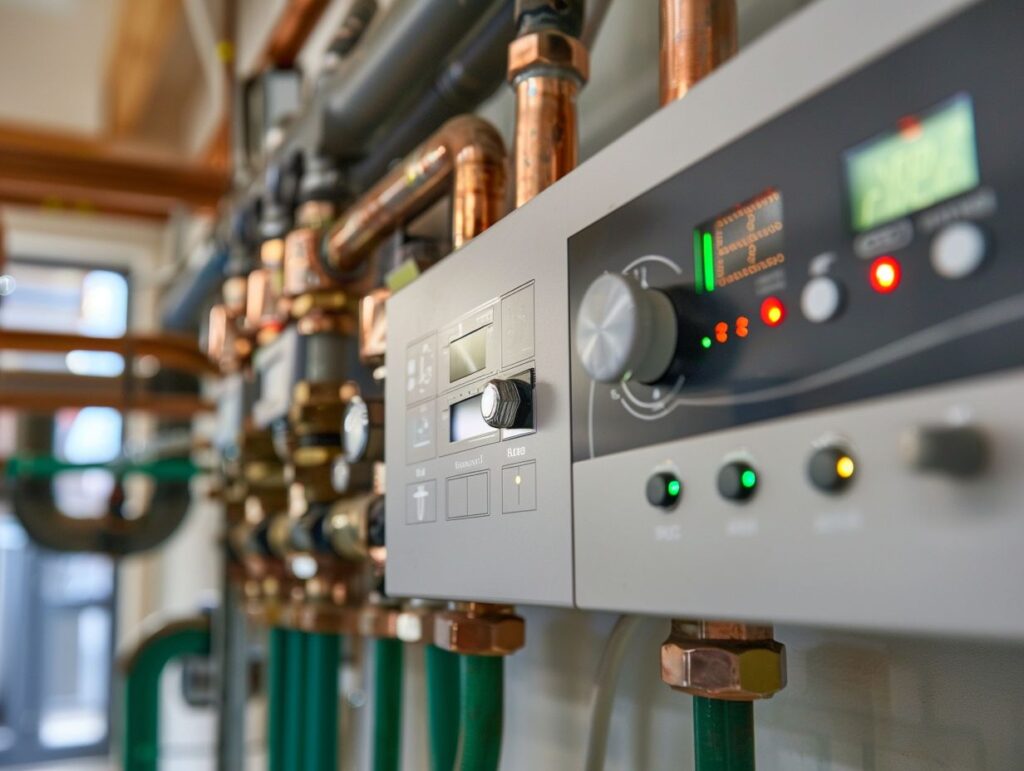If you are considering switching to dual fuel heating but are unsure of how to navigate the transition between electric and gas, the concept of dual fuel heating, its benefits in terms of efficiency and cost-savings, will be explored.
A step-by-step guide on how to seamlessly switch between electric and gas will also be provided.
Important considerations to keep in mind before making the switch will also be discussed, along with maintenance and troubleshooting tips to ensure the optimal performance of your dual fuel heating system.
Key Takeaways:

- Dual fuel heating allows for efficient and cost-effective heating by combining the use of both electric and gas sources.
- Switching between electric and gas on a dual fuel heating system requires following a simple step-by-step process.
- Before switching between electric and gas on a dual fuel heating system, consider factors such as weather, energy prices, and your personal heating needs.
How to Switch Between Electric and Gas?
Learning how to switch between electric and gas in a dual fuel system requires understanding the programming logic behind the switch mechanism. Devices such as the Nest thermostat offer convenient options to control and manage the transition between energy sources.
To begin, ensure that your dual fuel system is compatible with both electric and gas sources. Refer to the manufacturer’s instructions for specific guidance on transitioning between the two.
Next, access your smart thermostat settings and locate the programming section. Here, input your preferences for using either electric or gas based on factors like cost or efficiency.
It is crucial to programme the thermostat to automatically switch between electric and gas sources based on predetermined conditions, such as outdoor temperature or time of day. By utilising the programmable features of smart thermostats like Nest, you can optimise your energy usage and maintain a comfortable indoor environment.
Step-by-Step Guide
When switching between electric and gas sources in a dual fuel system, you will need to follow a step-by-step process to ensure efficiency. Begin by selecting the appropriate option on the control interface to activate the desired heating method. This is particularly important for devices such as heated towel rails.
To switch to the electric source effectively, it is crucial to close all gas valves before engaging the electric setting. Once you have selected the electric option, carefully adjust the temperature control to your desired level for optimal heating.
If you wish to switch to gas heating, be sure to turn off the electricity source to avoid any conflicts. It is essential to continuously monitor the indicators to confirm the active heating source for safety purposes.
When utilising devices like heated towel rails, make sure to customise the settings to align with your preferred heating experience, ensuring comfortable and convenient usage.
Considerations Before Switching
Before you switch between electric and gas in a dual fuel setup, you need to address certain considerations. Factors such as compatibility, efficiency, and potential problems should be thoroughly evaluated to ensure a seamless transition.
One crucial aspect for you to consider is the compatibility of your existing system with both electric and gas sources. It is essential to ensure that your system components can effectively work with both types of fuel to prevent any complications or malfunctions.
You should also evaluate the potential efficiency improvements that can be achieved by switching between electric and gas. By understanding your energy consumption patterns and cost implications, you can make informed decisions that lead to more economical and environmentally friendly outcomes.
Anticipating and preparing for any potential problems or challenges that may arise during the switch is vital. Having a troubleshooting plan in place can help mitigate disruptions and ensure a smooth transition between the two fuel sources.
Factors to Keep in Mind

When considering a switch between electric and gas sources in a dual fuel system, it is important to keep several key factors in mind. Regular maintenance of the boiler is crucial to ensure optimal functionality. Homeowners should have the boiler serviced by a qualified professional on a routine basis.
Additionally, checking for any leaks or damage in the pipework is essential to prevent energy wastage and potential safety hazards. Proper insulation of pipes can also contribute to improved energy efficiency.
Optimising the overall efficiency of the heating system is vital for both cost savings and creating a comfortable living environment. This can be achieved through smart thermostat usage and regular system checks.
By addressing these important aspects, homeowners can make well-informed decisions when contemplating a transition between electric and gas sources in their dual fuel system.
Maintenance and Troubleshooting
Proper maintenance and troubleshooting practices are crucial for ensuring the longevity and efficiency of a dual fuel heating system. By following expert tips and guidelines, you can address common issues and find effective solutions to heating problems.
Regularly checking and cleaning the filters in your dual fuel heating system is essential to maintain optimal airflow and prevent efficiency issues.
Scheduling annual professional inspections can help identify potential problems early on. Keeping the area around the heating system clear of debris and ensuring proper ventilation are also key maintenance tasks.
In case of an issue, such as inconsistent heating or unusual noises, troubleshooting may involve checking the thermostat settings, inspecting the fuel sources, or seeking professional help when necessary.
Tips for Proper Maintenance
For proper maintenance of your dual fuel heating system, it is essential to follow effective tips such as regular servicing, timely repairs, and proactive measures to save time and money in the long run. By dedicating time to maintenance, you can ensure that your system operates at its peak efficiency.
Regular servicing includes inspecting and cleaning components like filters, ducts, and burners to ensure they are working optimally. Timely repairs are crucial in addressing any issues promptly before they worsen, thus preventing costly breakdowns.
Proactive measures, like scheduling annual HVAC maintenance checks, can help prolong the system’s lifespan and prevent potential problems.
These steps not only enhance the system’s performance but also reduce energy consumption, resulting in lower utility costs for homeowners.
Frequently Asked Questions
How do I switch between electric and gas with dual fuel heating?
The process of switching between electric and gas with dual fuel heating will vary depending on the specific system you have. However, in most cases, you can use a switch or control panel to select which energy source you want to use. Some systems may also have automatic sensors that will switch between the two sources based on outside temperatures.
What are the benefits of using dual fuel heating?
Dual fuel heating offers a number of benefits, including improved energy efficiency, cost savings, and greater flexibility in choosing energy sources. By using gas and electricity together, you can customise your heating system to fit your specific needs and preferences.
Can I switch between electric and gas at any time?
Yes, in most cases you can switch between electric and gas at any time. However, it is important to consult the manufacturer’s instructions to ensure proper usage and to avoid any potential safety hazards.
Do I need special equipment to switch between electric and gas with dual fuel heating?
In most cases, you will not need special equipment to switch between electric and gas with dual fuel heating. Your system should come with a switch or control panel that allows you to select the desired energy source. However, it is important to consult the manufacturer’s instructions for any specific equipment requirements.
Is dual fuel heating suitable for every home?
Dual fuel heating can be suitable for many homes, but it may not be the best choice for every situation. Factors such as location, climate, and energy costs should be taken into consideration when deciding on a heating system. It is recommended to consult a professional to determine if dual fuel heating is a good option for your home.

